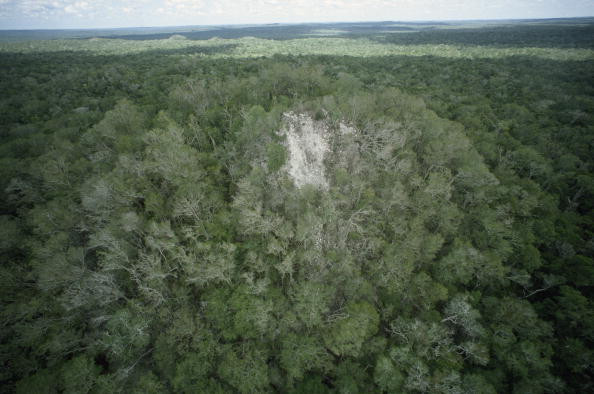Explore an ancient Mayan temple in remote Guatemala through virtual reality

Tourists are being given the opportunity to explore a virtually inaccessible Mayan temple in the heart of the Guatemalan rainforest all from the comfort of their armchairs, thanks to virtual reality, according to a report in the New Scientist.
The Jaguar Paw Temple, in the heart of the Central American republic's rainforest, is a wonder of ancient Mayan civilisation. Yet, its remote location – a three-day walk from the nearest road – makes it difficult for most tourists to visit.
During the GPU technology conference in San Jose, some 4,500 kilometres away from the old Mayan temple, VR company Realities.io presented the latest landscape it had created.
Founded by a former archaeologist, David Finsterwalder, the company allows users to explore beautiful landscapes from around the world, which are usually much loved by real-life tourists. Recently, the temple was recreated for people who wish to journey into the history of an ancient pre-Colombian civilisation, without leaving the comfort of their home.
"El Mirador" settlement
For tourists in Guatemala who wish to reach the temple, the only alternative to the three days hike is to get aboard a helicopter, which can be quite costly. Though the authorities encourage tourists to go there, no other alternative has been found so far to travel to this remote area. So Finsterwalder, with his passion for archaeology came up with a virtual reality alternative, to make sure the Mayan temple was not forgotten.
He and his team flew into Guatemala's rainforest and spent time on the site. With a high-definition still camera and tape measure, they made hundreds of photos and measures of the temple's key features.
Thanks to the collected data and pictures, they were able to recreate the place and to provide people with an option to explore from kilometres away the remnants of a rich, long-lost civilisation.

The Jaguar Paw Temple is part of the famous pre-Columbian Mayan settlement of El Mirador. The site is in the northern part of Guatemala, in the middle of the jungle, and was first constructed around the 6th century BC.
At the height of its occupation - between the 3rd century BC to the 1st century A.D - it could have been inhabited by as much as a 100,000 people. Its name is a reference to Chak Tok Ich'aak I, a great Mayan king, also known as Great Jaguar Paw.
© Copyright IBTimes 2025. All rights reserved.






















